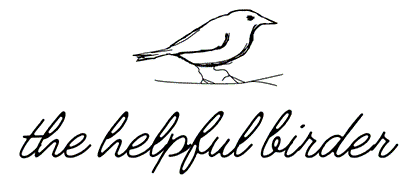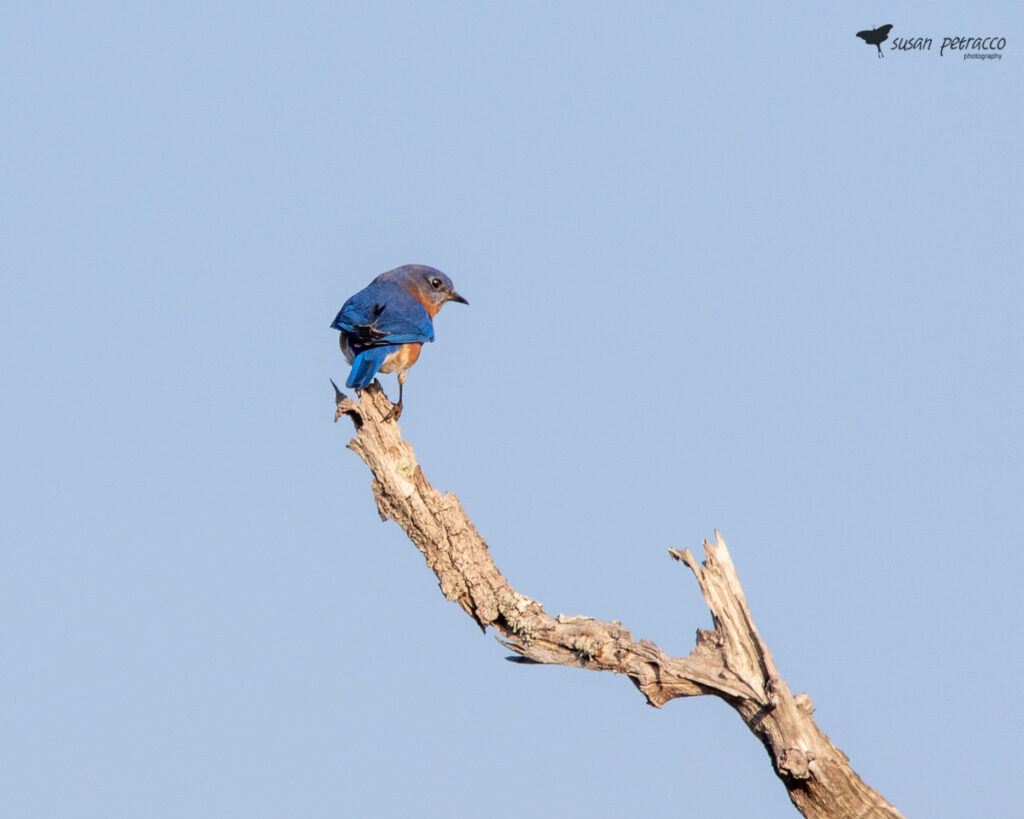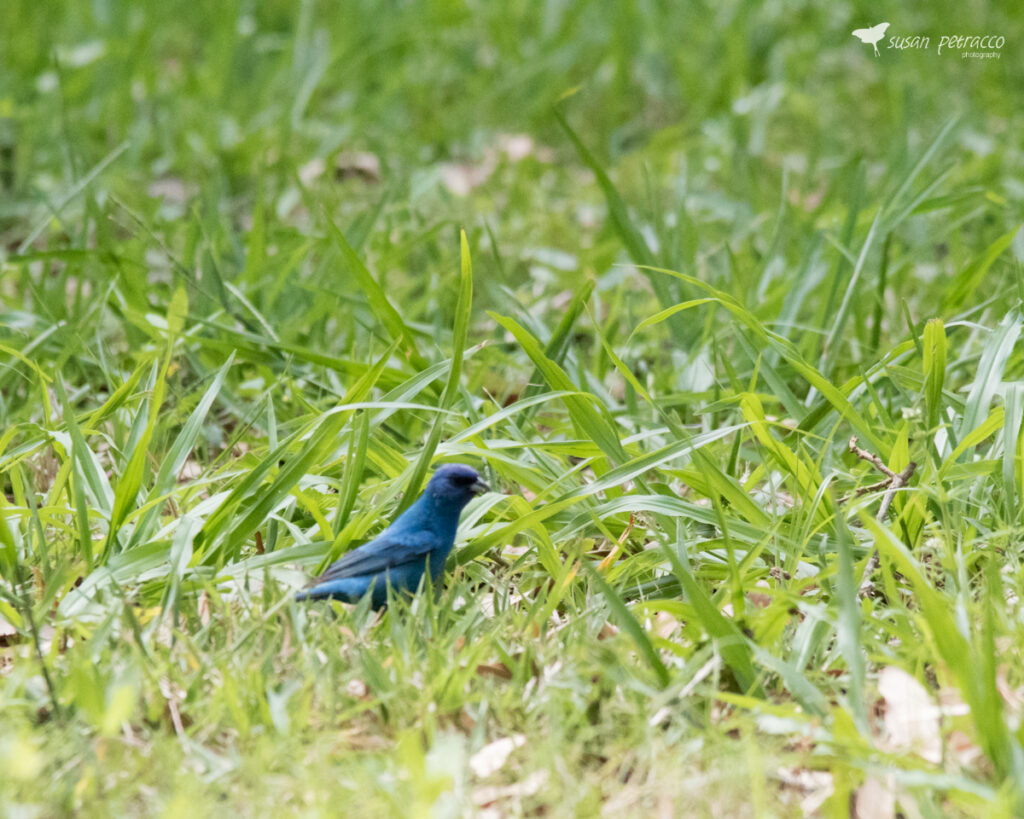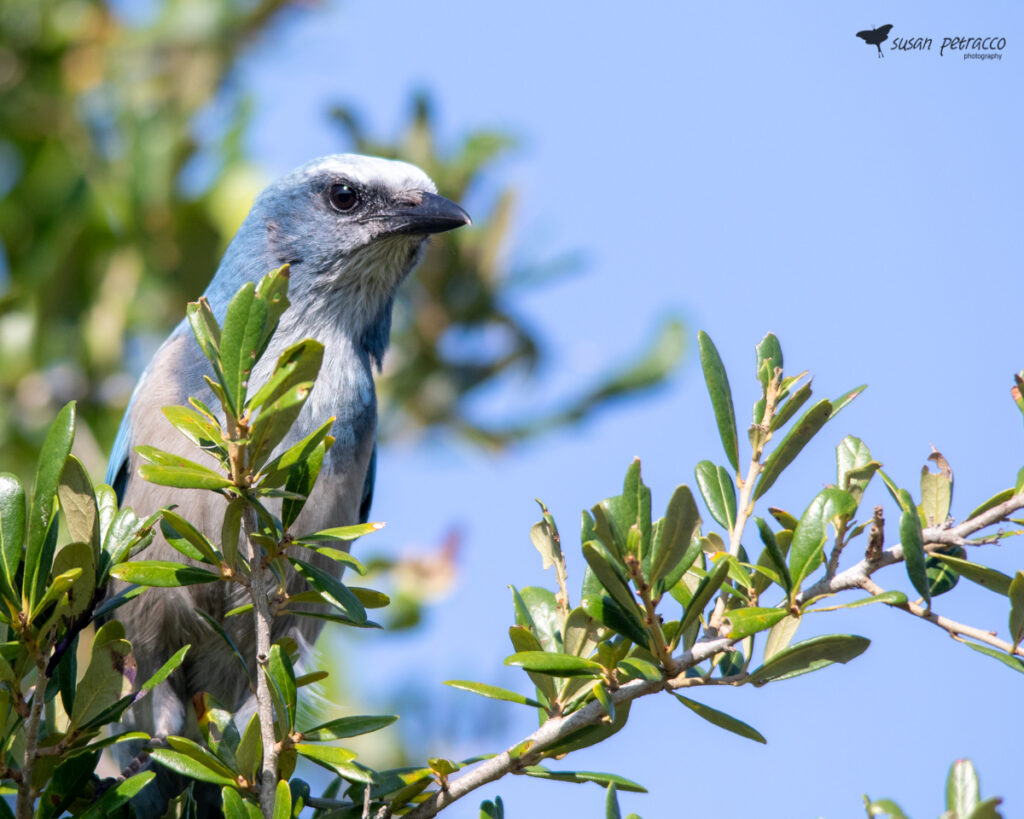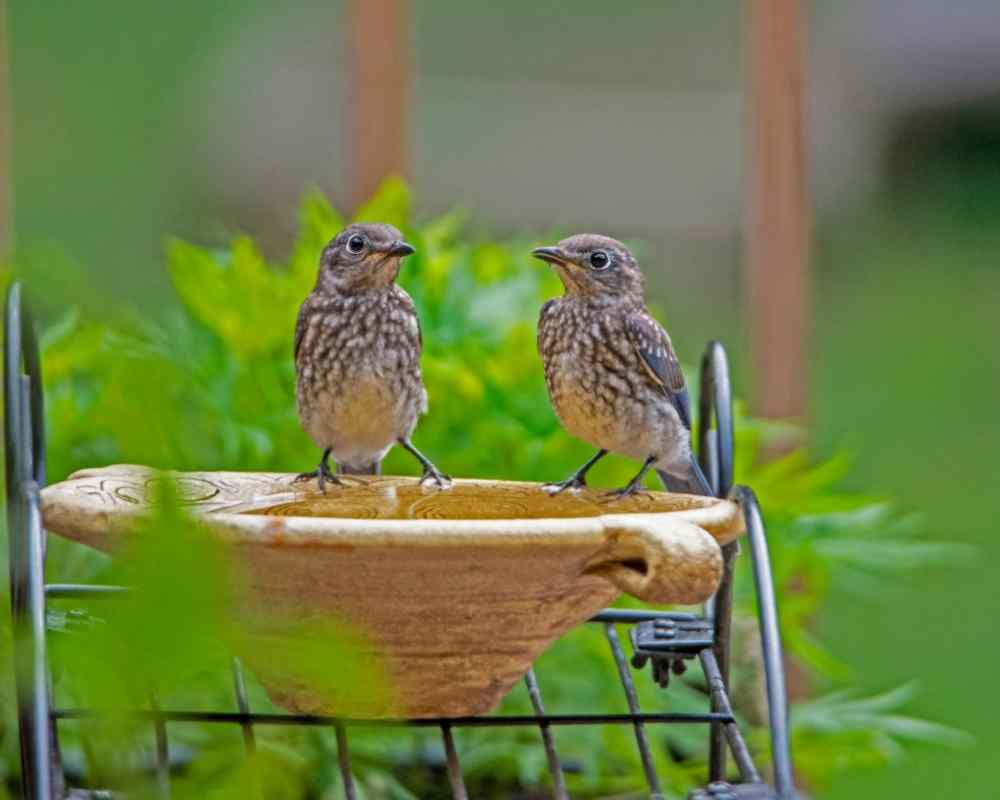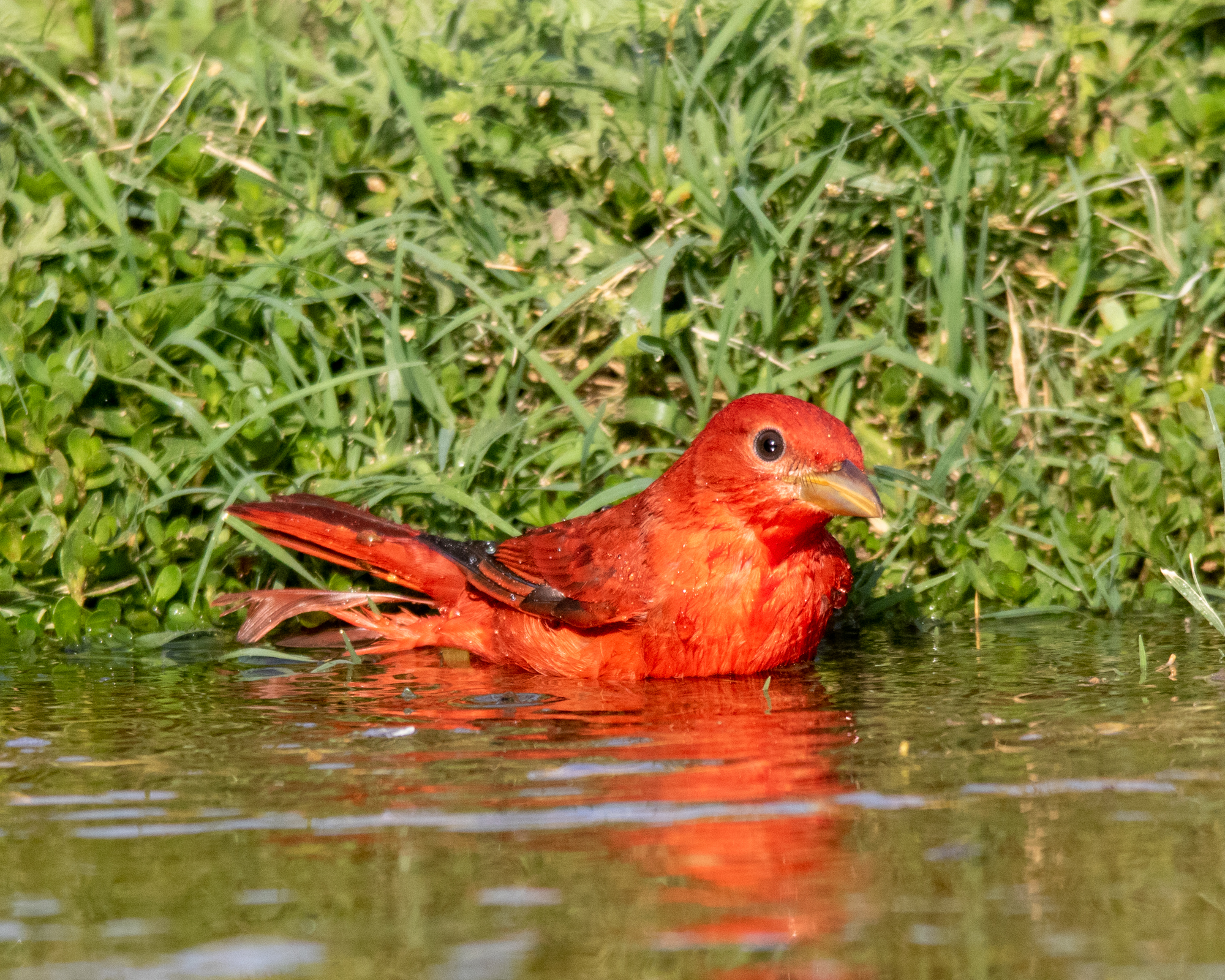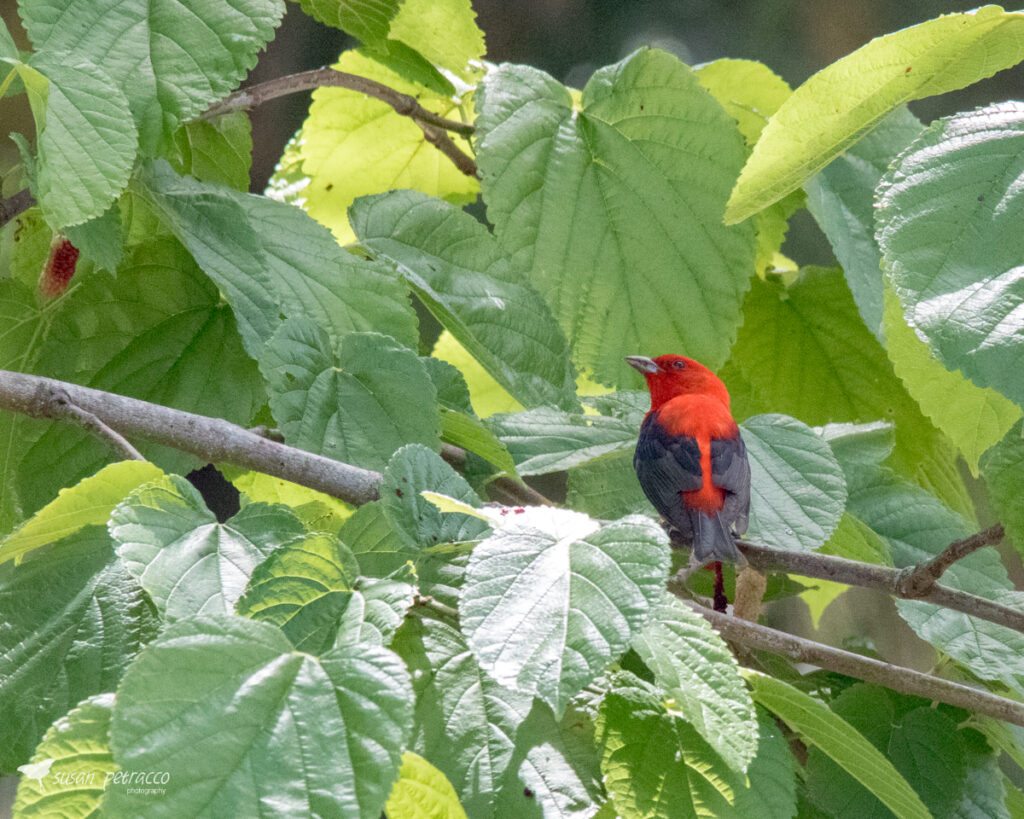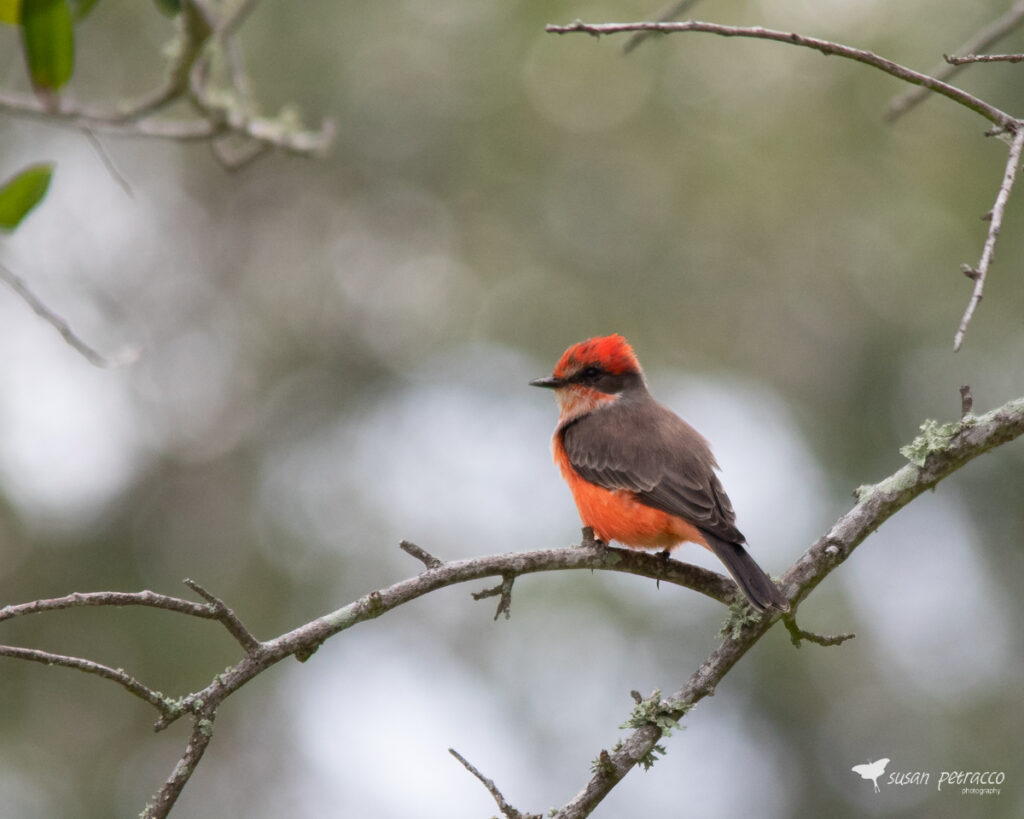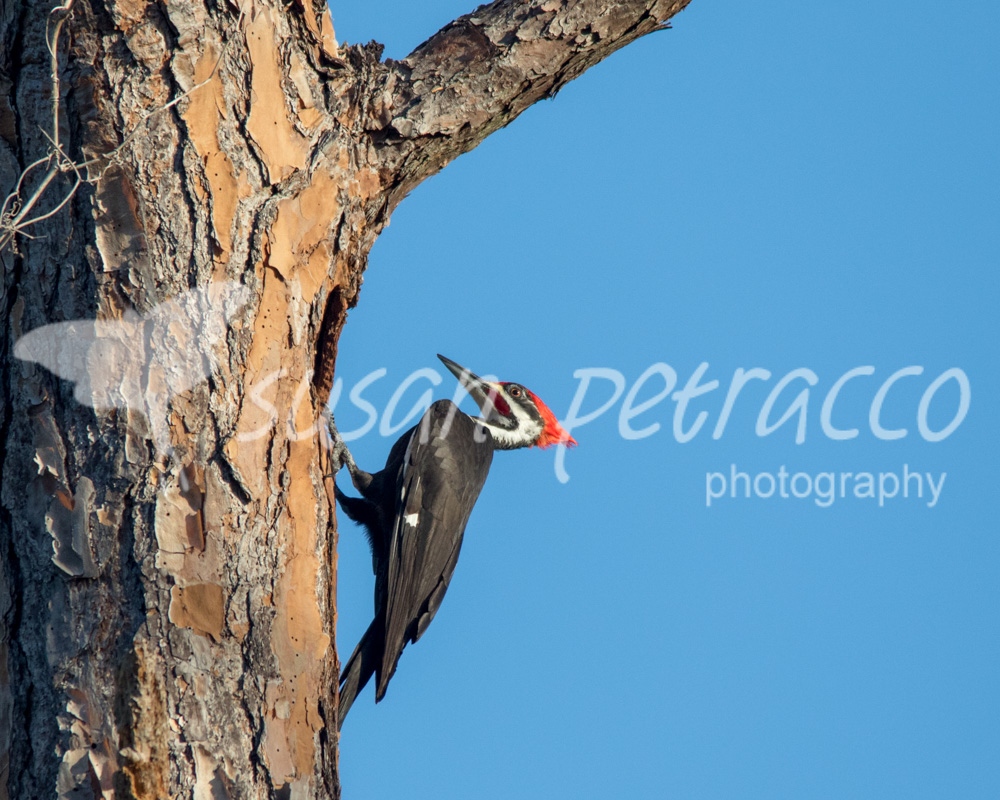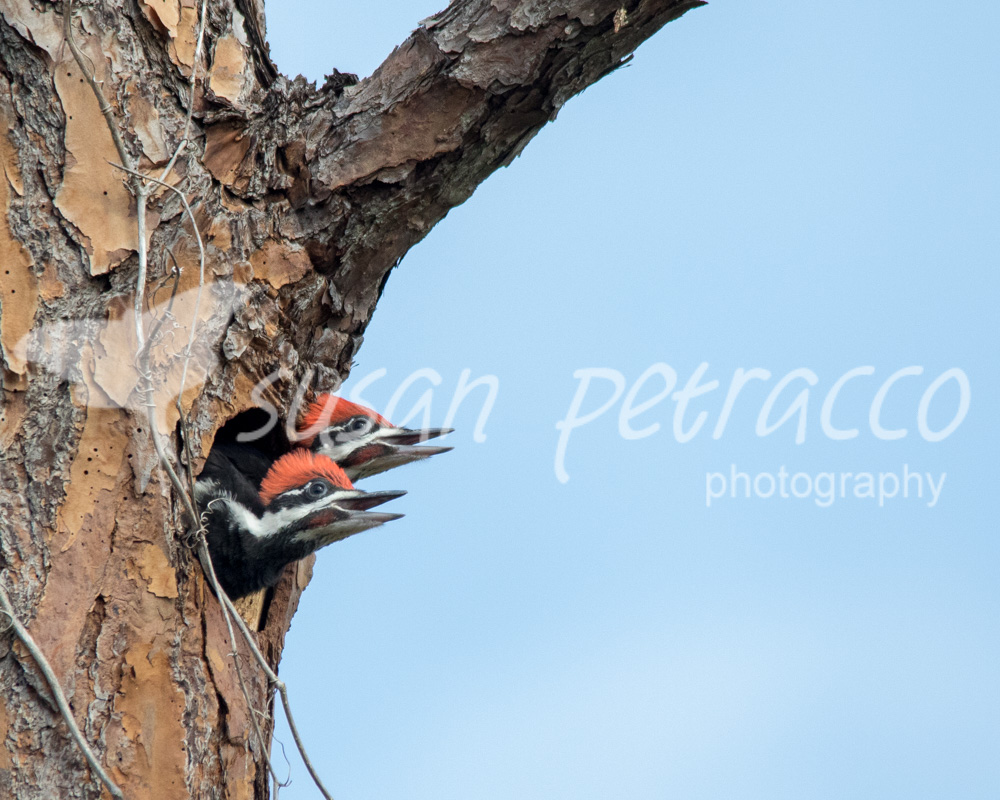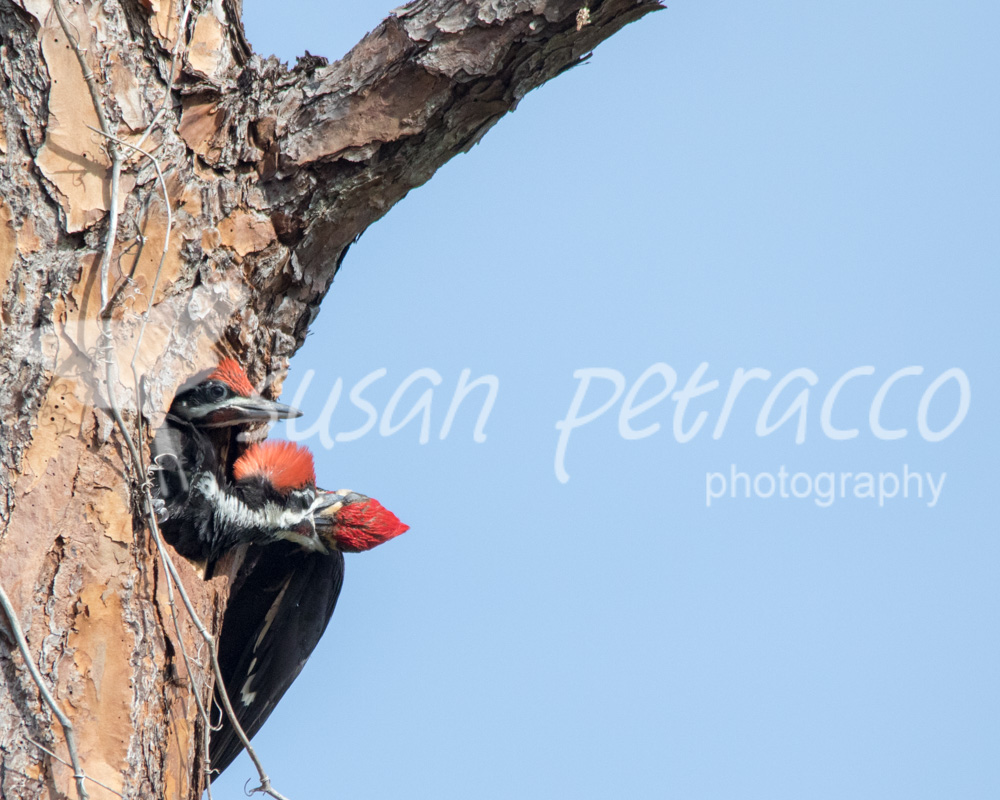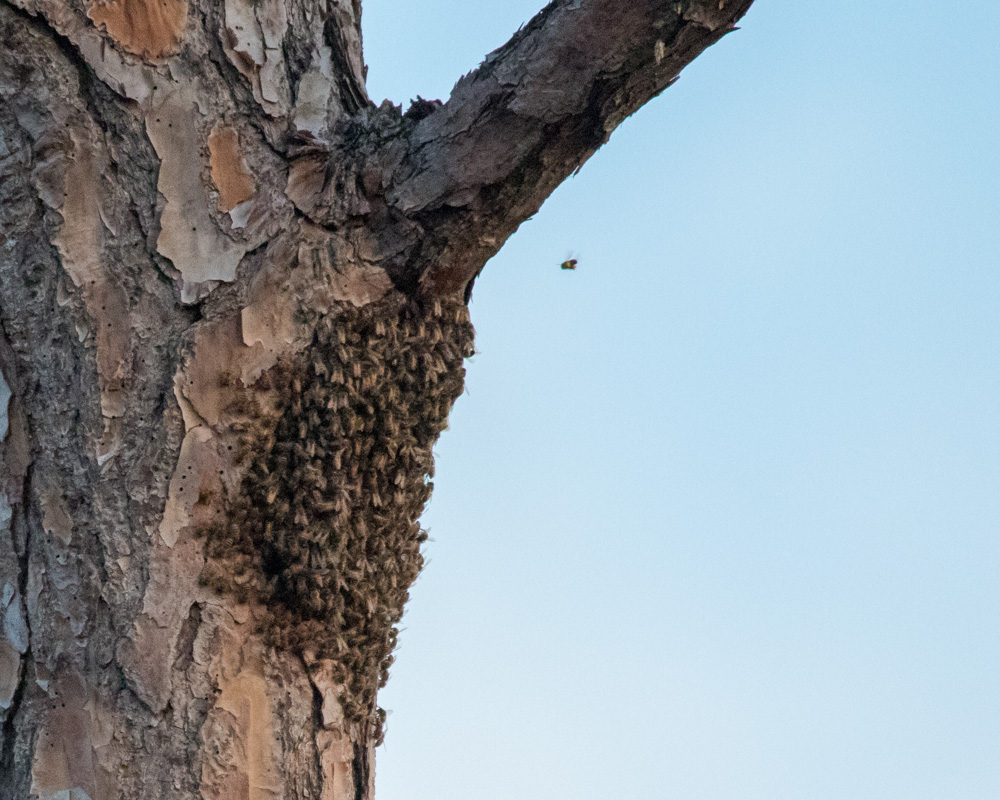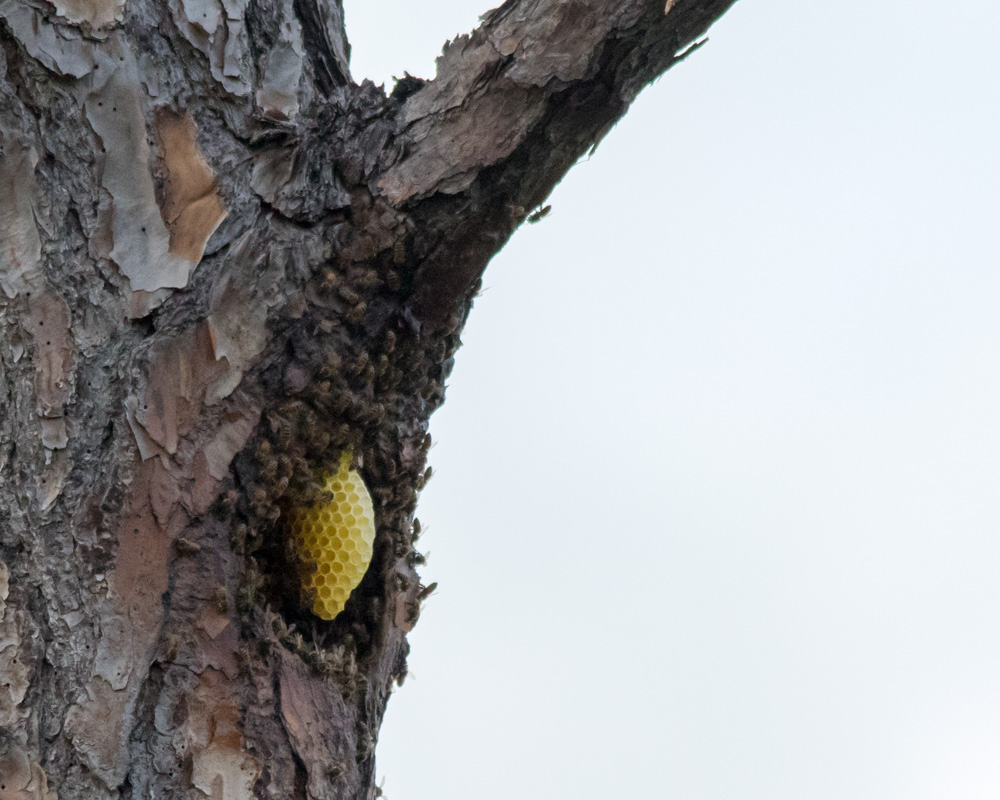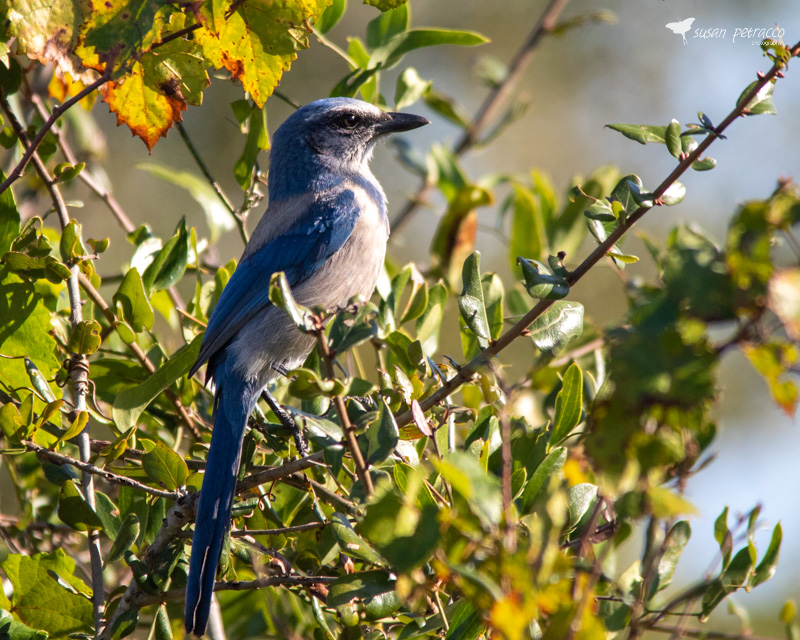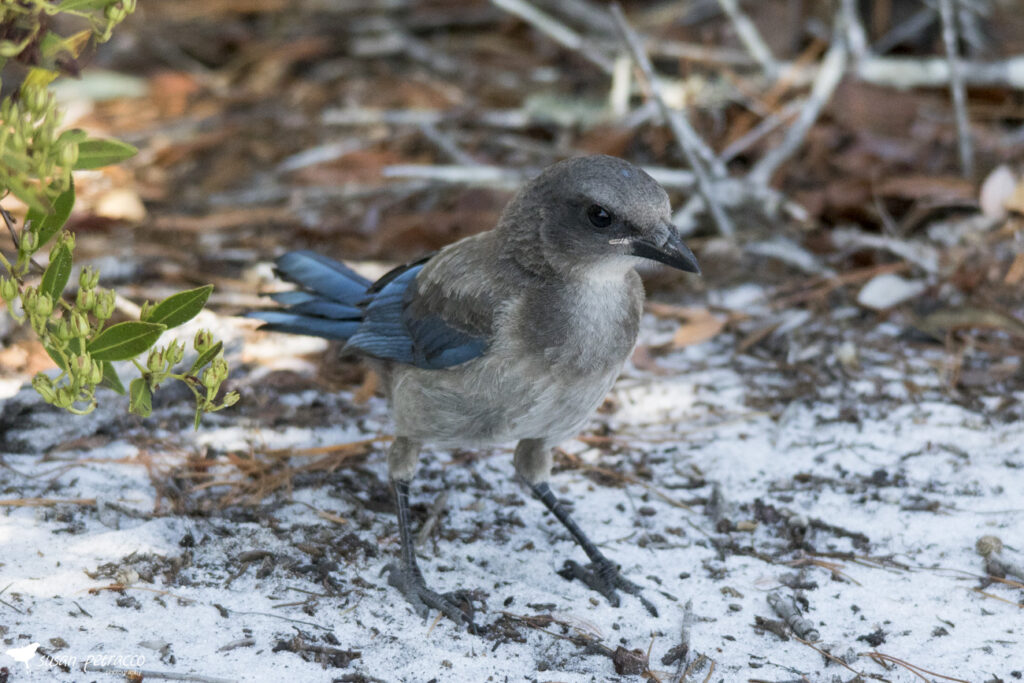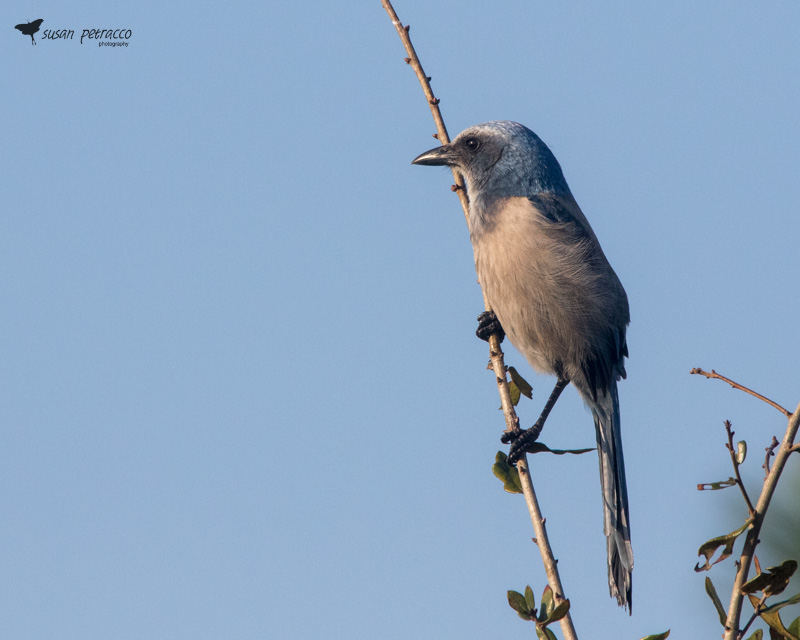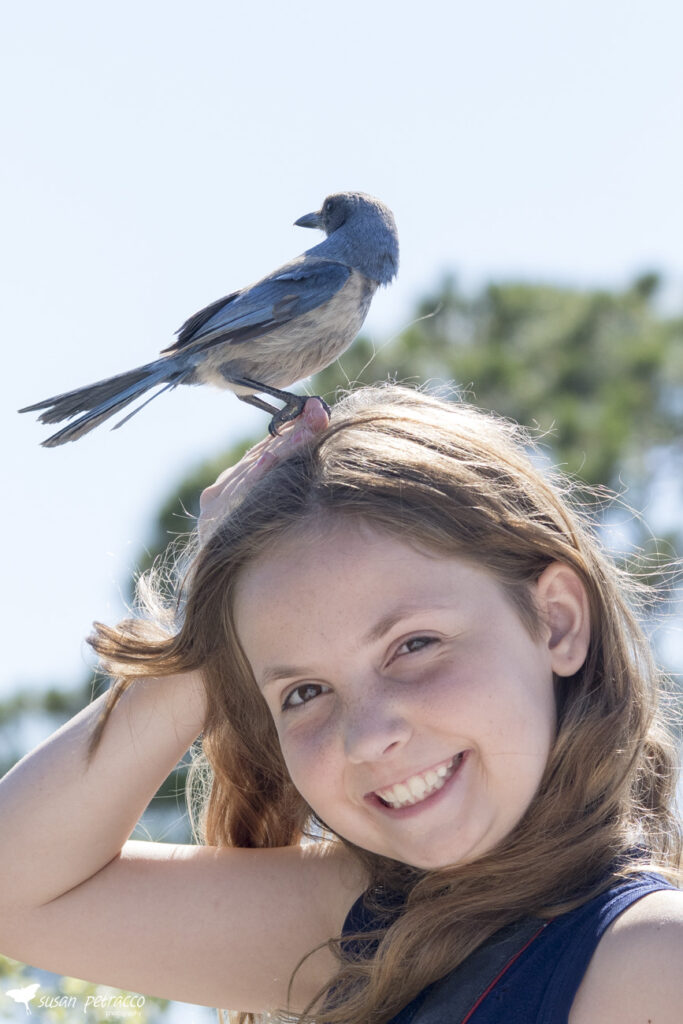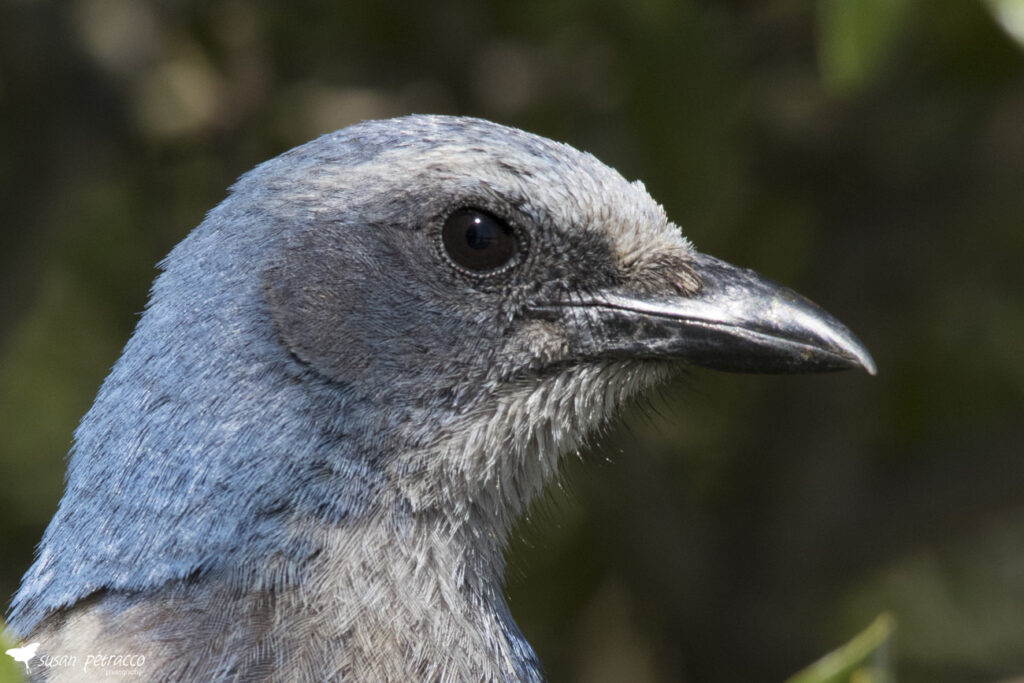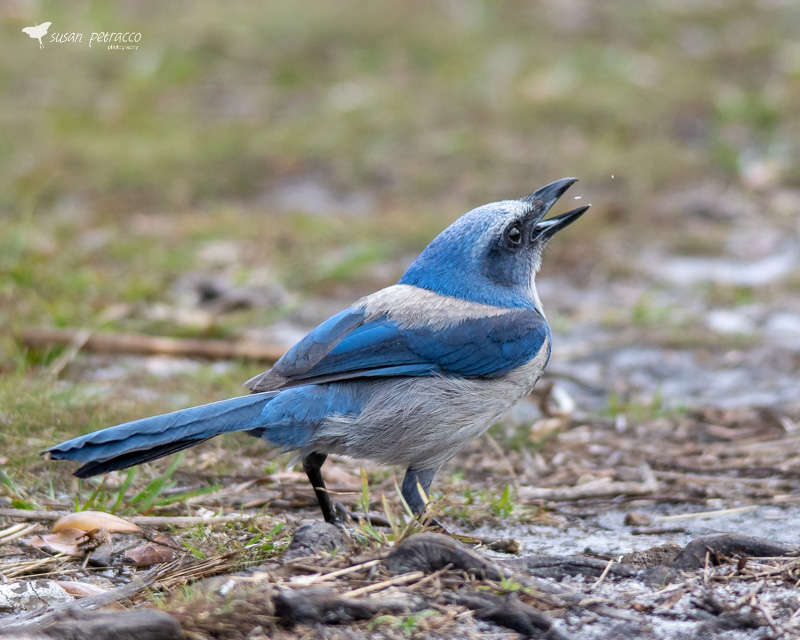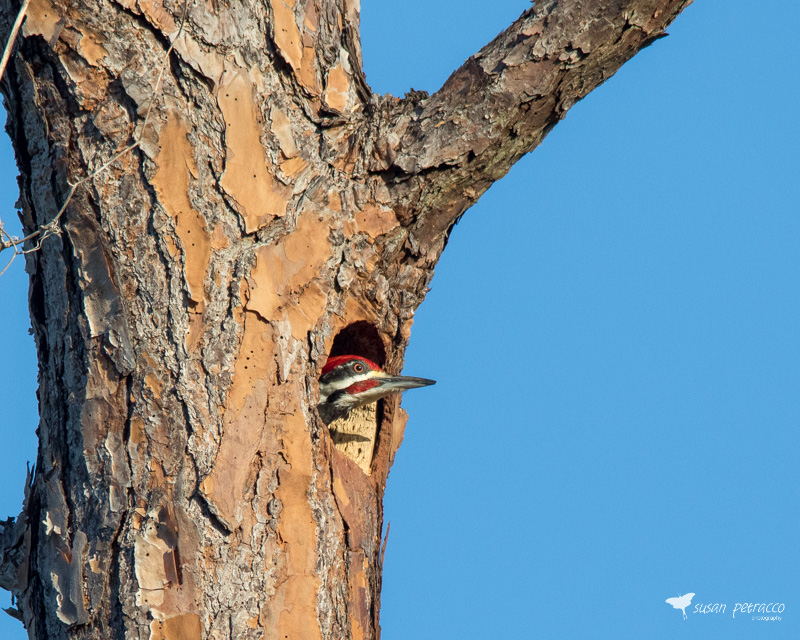One useful way to identify a bird is by size. Everyone knows an eagle is bigger than a sparrow, a mallard duck bigger than a cardinal. In fact, it’s a great way to separate the identification of two very differently-sized species, such as these. But when two possibilities are more similar in size, it’s much harder.
The problem is that one rarely has an accurate measurement. Sure, if you have a bird in the hand, you can actually measure it or at least get a good idea just by looking. But that little brown job (“LBJ”) 20 feet up in the tree that’s 50 feet away? Well, that’s much harder.
A classic example of using size as a field mark is when you want to determine if a hawk is a Cooper’s Hawk or a Sharp-Shinned Hawk. They are in the same genus, and they have similar coloring and patterns, so they look a lot alike. But a sharp-shinned hawk has a size range of 24-34 cm, while a Cooper’s hawk is much larger, 37-39 cm (male) and 42-45 cm (female).
Fortunately, there are other ways to tell these two species apart, and usually you have to rely on those instead of size. Here’s why.
Things look bigger or smaller depending on how far away they are
This is the most obvious reason. The further away something is, the smaller it appears. Place two soda cans on the ground, one close, and one further away. The one further away looks smaller. If you can’t accurately judge the distance, you can’t determine that the closer soda can isn’t, in fact, larger.
One way our brains determine how far away something is by perceiving the difference each eye sees it. As you move your head slightly back and forth (even subconsciously) your brain can tell by the difference in motion how far away it is. Except, your brain isn’t perfect at this.
And if, like me, you don’t have binocular vision, this becomes almost impossible. I only focus through one eye at a time, and my brain won’t synthesize the two images properly, due to a developmental condition I had at birth. Think that condition is rare? Over half of adults have some kind of impairment that affects or completely prevents binocular vision.
Birds in flight (and photos) often have no references
A second cue our brains use to determine size is interposition. If one object overlaps another within your field of vision, you can tell which is closer and also compare relative size using only a single eye. Even if they don’t overlap, if they’re nearby (relatively the same distance) then you can compare the size. But…how often does this happen?
Having two things at known distances lets us judge the relative size of each one. So, if you’re looking at a bird perched on a stop sign, you can generally tell if the bird is smaller than a stop sign, or bigger than a stop sign. Then just find out how large a stop sign is and you can extrapolate the size of the bird.
If you’re watching a bird flying, there’s often nothing next to it for comparison. There might be clouds in the sky, or it might fly past a tree, but unless you know the size of the cloud or the tree, neither does you any good.
Even birds perched somewhere may not be in an environment that provides sized-based clues based on other nearby objects.
This becomes even harder when looking at a photograph of a bird where the photographer has zoomed in for a tight shot, or has cropped out any comparison objects. A bird at the shore or standing on a perch of unknown size really gives the viewer no clue about its size compared to any known objects.
Really far-away birds are even harder
The third way your brain perceives distance is by distortion in clarity or color caused by the scattering of light. The further away something is, the more distance there is for the light to be scattered.
That means objects that are further away look more hazy and lack the same amount of detail, to our viewing eye, as things that are closer to us.
But with this, you’re still working off comparison, and you need something to compare it to that is closer and offers more detail and color. Plus, by the time something is so far away that you’re losing visual detail, the other cues you have to identification – color, markings, and behavior – are also diminished.
Should you rely on size when identifying a bird?
One of the things I will consistently mention on this site, when it comes to bird identification, is to use as many clues as possible when trying to determine the species of an individual bird.
You should absolutely use size as part of your identification efforts, but it shouldn’t be the only element. Look at color, patterns, habitat, and behavior as well as size. And give yourself the benefit of the doubt when it comes to perceived size. If everything else says sharp-shinned hawk to you, but size says Cooper’s hawk, then remember that size has a greater possibility for error than many other field marks.
